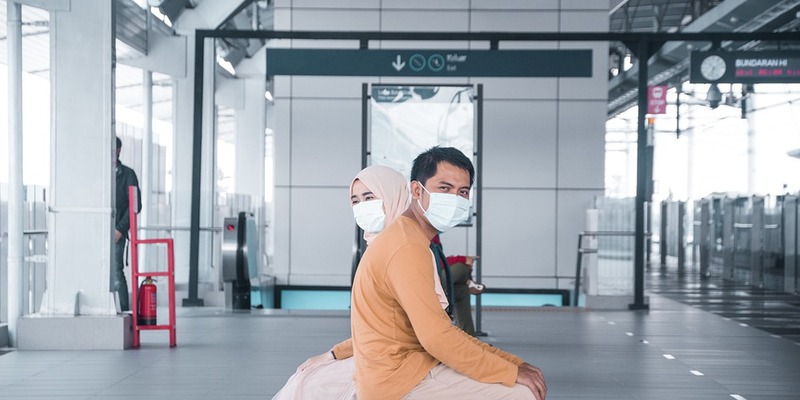As the restrictions on work and movement, imposed at the onset of the coronavirus pandemic, start to be loosened, many companies are starting to bring employees back into their places of work. In Malaysia, many people have already gone back, albeit with some firms running a hybrid return model. Singapore is currently in Phase 2 and many companies are not looking to bring staff back until later in the year, during Phase 3.
While there will be many of us who are looking forward to getting out and about again and returning to the office, there will be many who are still very concerned about the situation and what the ‘new normal’ will look like for them.
We’ve put together our Top-5 tips to help you prepare for the transition and to speedily adapt to the post-Covid19 workplace.
-
Preparation starts at home
Naturally, the major concern for many people is the home situation. Maintain good communications with your HR team and managers and keep them updated on your circumstances. For example, you may have no options other than public transport and have (understandable) concerns about this. Or you may need to provide ongoing home-schooling for your children and still need time to set that up for them properly. Whatever the situation, make it a conversation you are having with your employers so that you are not returning to work until your are comfortable with the situation back at home, or so that exceptions can be made if need be.
-
Anticipate the ‘new normal’
One of the biggest differences you will encounter will be the arrangements made to comply with SOPs. There is now a big focus on hygiene, physical separation, tracking and monitoring. Expect to wear masks everywhere you go, have your temperature checked at every other doorway and have your mobile phone scanning app ready for barcodes prior to hand or full body sanitization. This makes the simple process of getting into the workplace more time consuming. Once at work, it is likely that desks, meeting and eating arrangements will emphasise physical separation. In some cases, firms have created team ‘bubbles’, where one team works in the office, the other at home and then they swap over. The teams collaborate virtually but never come into physical contact. In fact, there is a multitude of initiatives like this, so be sure you are clear what systems and SOPs your employer currently has in place.
-
Patience is a virtue
Don’t expect things to work at the pace or the same level of efficiency as prior to the pandemic. Some of our feedback so far is that meetings and tasks are taking longer. For example, virtual meetings work well when everyone is joining virtually, but when it’s a three-way meeting between homeworkers and an office-based team sitting round a table, the meetings tend not to run as smoothly. It is important to build extra time into the tasks you are performing at work to stay on schedule. Remember also that some team members will have a harder time adjusting than you. Don’t expect everyone to be up to your speed straight away.
-
Flexibility is key
As well as patience, flexibility is key to post-Covid19 adaptation. Everyone is essentially ‘finding their way’ and adapting to the changes necessary, or indeed trying out options to see what works best. It is important to go with the flow on this and work as flexibly as possible. Think of everyday as a fresh challenge to work though, rather than thinking that the way of working your experience on day one back in the office is going to be set in stone. And keep that home office space ready just in case your country or region must go into lockdown again. As unfortunate as that would be, it remains a distinct possibility.
-
Keep seeing the big picture
There will certainly be new challenges in the workplace and each week at the office may present new ones as the world works it way through this pandemic. But see these hurdles in the context of that global struggle. Everywhere in the world, people are coming to terms with this new reality, and where there are challenges that are also opportunities. It is important to keep thinking about how to grasp those opportunities while we find new ways of working effectively together while staying safe. Then the everyday challenges will be seen as small steps in that greater struggle.
